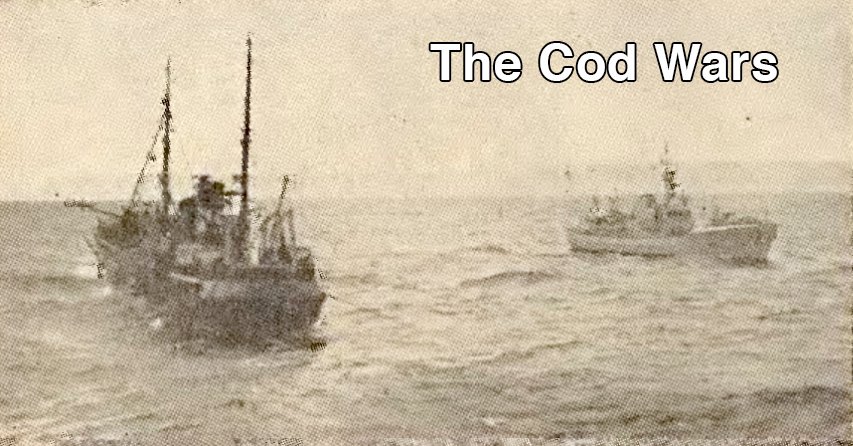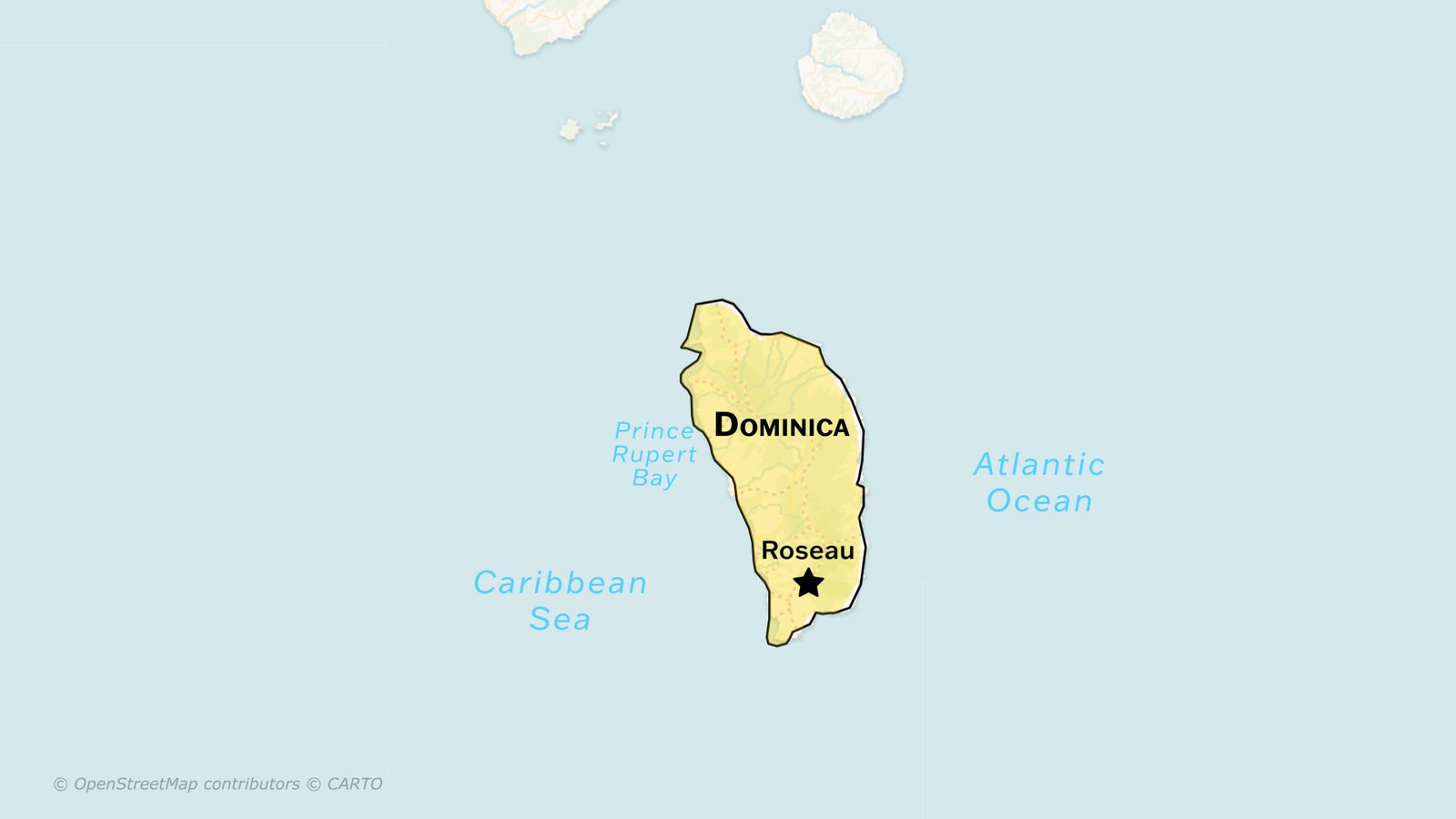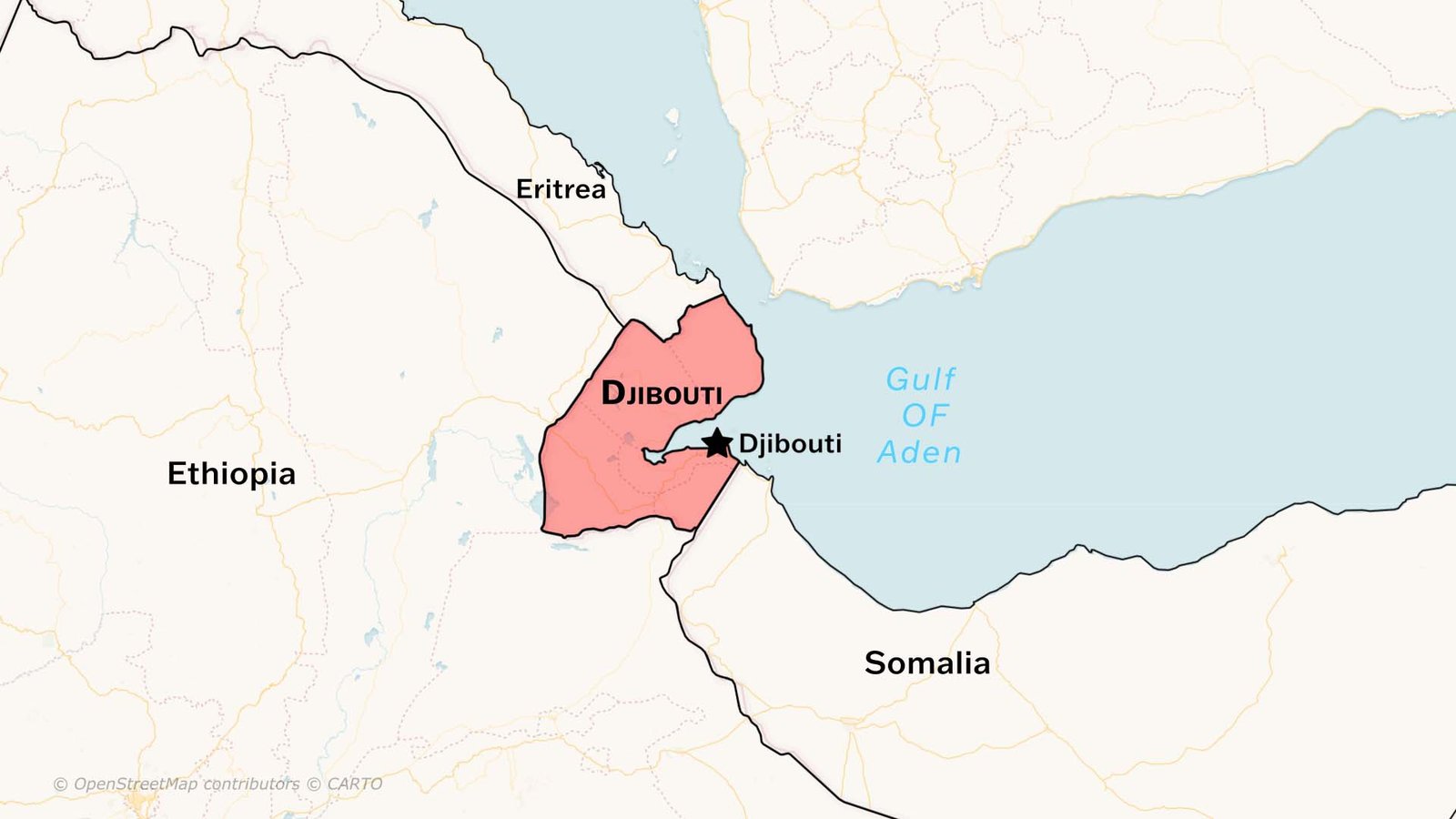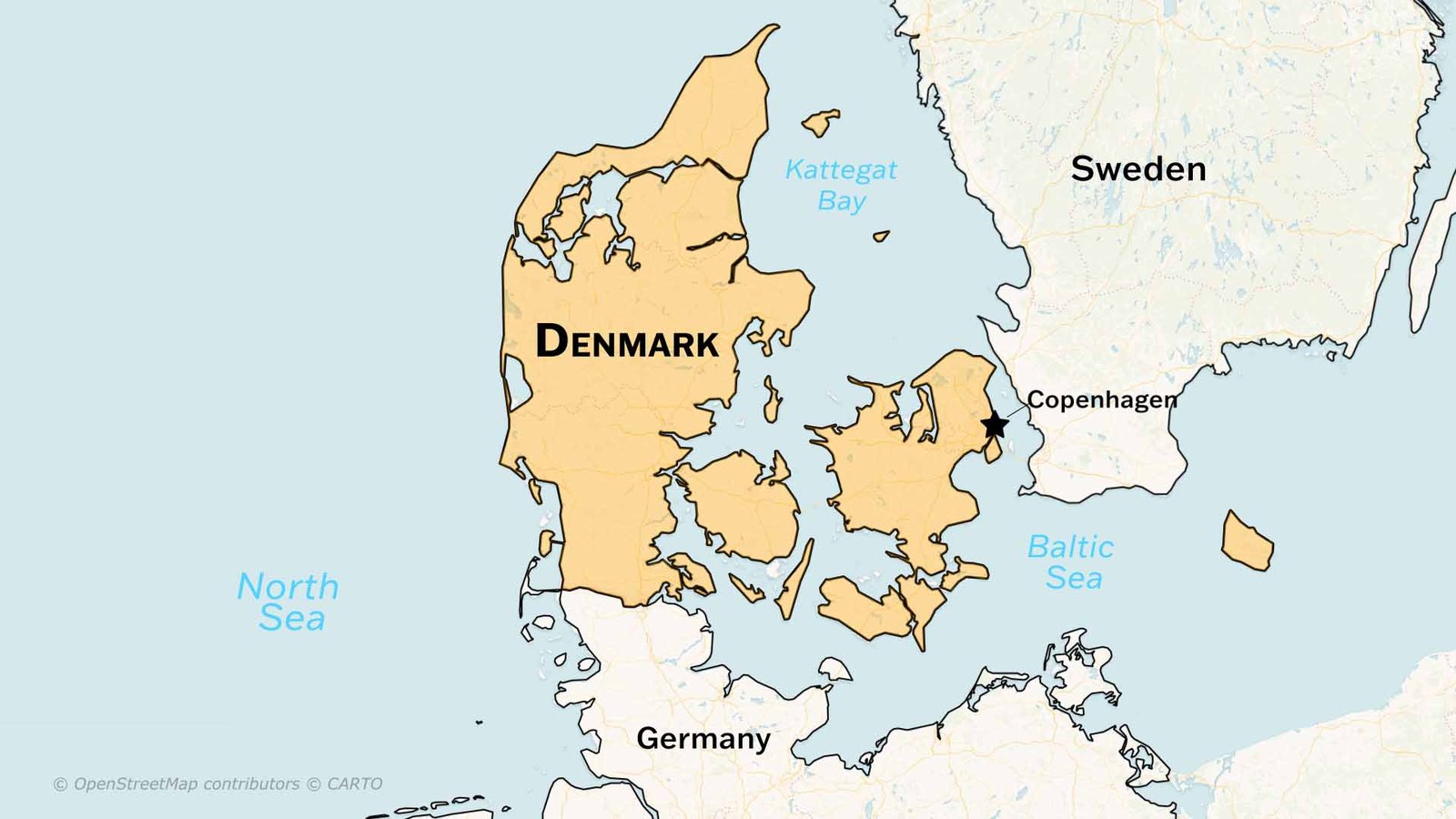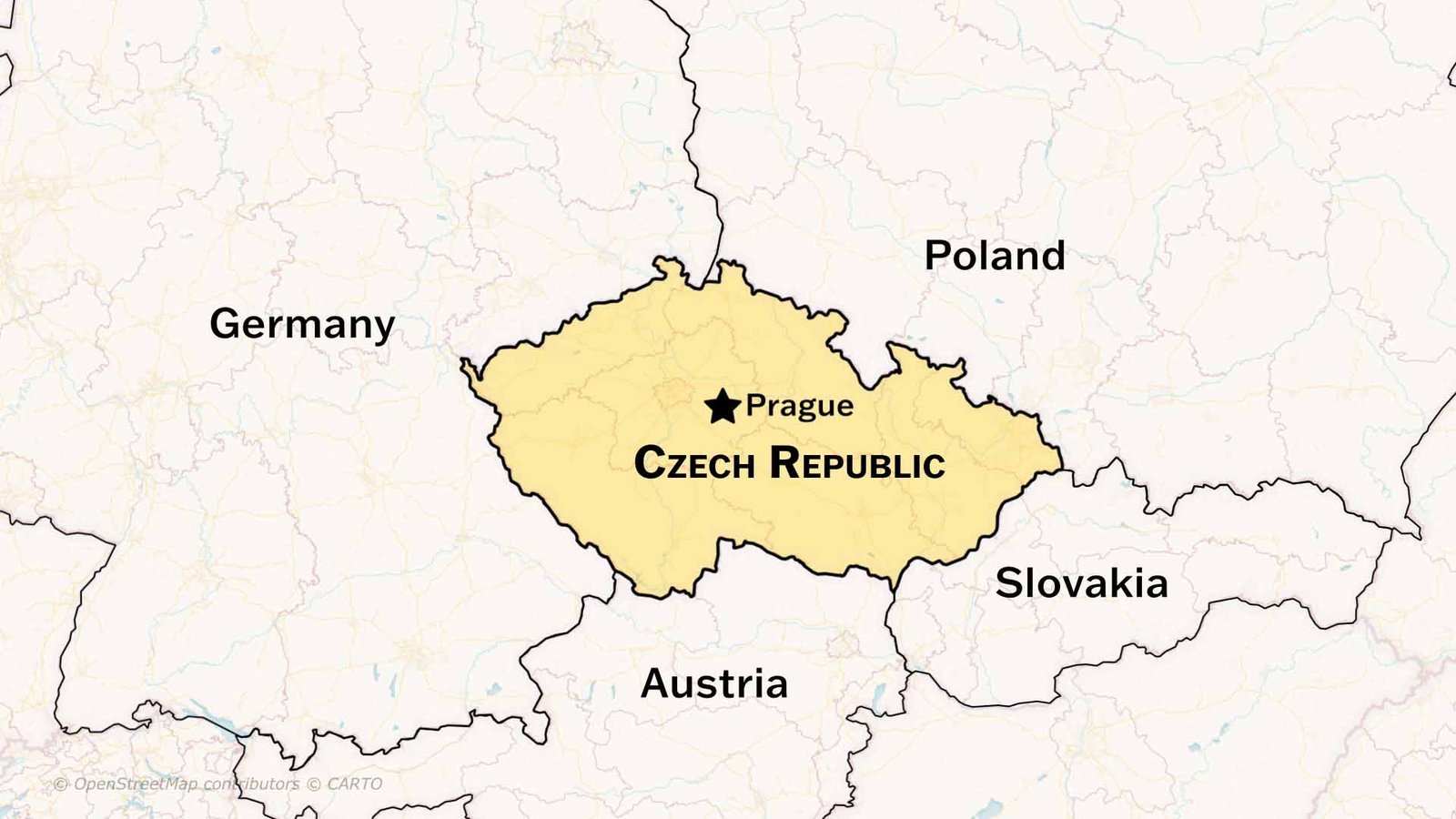The Cod Wars Explained: Iceland vs United Kingdom
Why did the UK and Iceland go to war over fish and Chips?
In the 1950s, Britain had a problem. They were running out of cod, the fish in their traditional national dish, fish and chips. So British trawlers sailed north and began fishing near Iceland.
But Iceland didn’t like this. To them, this was their Cod. Britain argued it was international waters. In response to this, Iceland expanded its fishing zone to four nautical miles. Britain ignored it and kept fishing.
So Iceland, a tiny nation, sent its coast guard to confront the much larger British fleet. They even fired warning shots at the trawlers. Under pressure, Britain eventually gave in and recognised the four-mile limit.
But continued fishing in areas beyond four miles. Then Iceland pushed for twelve miles; Britain refused initially but later accepted.
Then Iceland pushed for fifty. This time, Britain not only refused but called for the Royal Navy.
British warships even started ramming Icelandic patrol boats. This is what became known as the Cod Wars.
Finally, Iceland played its strongest card. They threatened to withdraw from NATO unless Britain recognised a 200-mile fishing zone.
Then the United States stepped in. Iceland was key in the North Atlantic during the Cold War, so America pressured Britain to back down, and Iceland won.
Watch now: Short
Back in the 1950s, after World War II, the world was getting chilly with the Cold War. But in the cold waters of the North Atlantic, a different kind of fight was brewing—the Cod Wars! This was a battle between the United Kingdom, a big sea power, and Iceland, a tiny island where fishing was life.
The First Cod War (1956–1961)
In 1956, Iceland decided to stretch its fishing zone from 3 to 4 miles around its shores. They wanted to keep their cod and haddock safe. The UK wasn’t happy—they loved fishing there too! They banned Icelandic fish from their markets to pressure Iceland. But Iceland was clever and sold fish to the Soviet Union and the U.S. instead. By 1961, after some arguing, the UK agreed to a 12-mile zone, but they could still fish a little.
A Break and Worries (1960s)
During the 1960s, everyone kept fishing, but Iceland noticed something scary: there were fewer fish! Big boats were catching too many cod, and studies showed the fish were in trouble. Iceland wanted to protect their seas, but talks with the UK didn’t work out.
The Second Cod War (1972)
In 1972, Iceland got bold and pushed their fishing zone to 50 miles! The UK, plus West Germany and Denmark, said, “No way!” The UK sent their Navy ships, and Iceland fought back with their small Coast Guard boats. They even used special harpoons to mess up British fishing nets. Things got tense, but NATO stepped in, and the UK agreed to a two-year truce.
The Third Cod War (1973–1976)
After the truce, Iceland went even bigger, claiming a 200-mile fishing zone! The UK sent ships again, but Iceland had a trick: they threatened to close a NATO base in Keflavik. The U.S. didn’t want that, so they pushed the UK to back off. By June 1976, Iceland won—the UK accepted the 200-mile limit. This set a new rule for countries worldwide to have their own 200-mile sea zones.
What Happened Next?
Iceland’s wins changed how countries control their seas, leading to a big United Nations rule in 1982. Sadly, two people died in the Cod Wars: a British fisherman hit by a cable and an Icelandic engineer shocked during repairs. Even with Iceland’s victory, overfishing kept hurting cod. By 1998, cod was endangered, and strict fishing limits were set.
Why It Matters
The Cod Wars were about more than fish—they showed how countries fight for what’s theirs and how hard it is to protect nature. Iceland stood up to a bigger nation and won, but the battle to save fish like cod is still going on today!
Summary Notes
Introduction to the Cod Wars
A. Context: Mid-20th century, post-World War II
-
World transitioning into the Cold War
-
Focus shifts to the Cod War
B. Key players
-
United Kingdom: Maritime powerhouse
-
Relies on the seas for economic prosperity
-
Uses modern trawlers for fishing in the northern Atlantic
-
-
Iceland: Small island nation
-
Fishing is critical to the economy and culture
-
Waters rich with cod, haddock, and marine life
-
First Cod War (1956–1961)
A. Initial conflict (1956)
-
Iceland expands territorial waters from 3 to 4 nautical miles
-
Decision backed by the International Court of Justice
-
Bans British ships from fishing in the new zone
-
-
UK response:
-
Bans the import of Icelandic fish to pressure the economy
-
Iceland counters by selling fish to the Soviet Union
-
U.S. buys Icelandic fish, forcing UK to accept terms
-
B. Escalation (1958)
-
Iceland extends territorial waters to 12 nautical miles
-
UK sends Royal Navy to disputed waters
-
Iceland deploys smaller, less-armed Coast Guard vessels
-
Mission: Enforce the 12-mile limit, expel British ships
-
Incidents: Rammings, net cuttings, tense standoffs
-
-
International attention due to NATO allies clashing
C. Resolution (1961)
-
Temporary agreement reached
-
UK accepts a 12-mile limit with limited fishing rights
-
Mark’s start of decade-long intermission
Intermission and Growing Concerns (1960s)
A. The fishing industry evolves
-
Increased fishing capacity raises sustainability concerns
-
Iceland views UK fishing as a threat to fish stocks.
B. Environmental awareness grows
-
Studies show cod being fished unsustainably
-
Diplomatic efforts to resolve fishing rights fail
Second Cod War (1972)
A. Iceland extends territorial waters to 50 nautical miles
-
UK, facing economic challenges, opposes the move
-
West Germany and Denmark also protest
B. Escalation
-
UK resumes gunboat diplomacy with Royal Navy
-
Icelandic Coast Guard uses new tactics
-
Specialised harpoons to damage British nets
-
-
Conflict gains international attention
C. Resolution
-
NATO pressure leads the UK to back down
-
A two-year ceasefire was agreed upon
Third Cod War (Post-Ceasefire–1976)
A. Iceland extends the fishing limit to 200 nautical miles
-
Bold move escalates tensions
-
UK ships return to disputed waters
B. Iceland’s strategic leverage
-
Threatens to close the NATO base in Keflavik
-
U.S. intervenes to protect strategic interests
C. Resolution (June 1976)
-
UK concedes to 200-mile limit
-
Significant victory for Iceland
-
Sets a precedent for global exclusive economic zones (EEZs)
-
Leads to the 1982 UN Convention on the Law of the Sea
Global Impact and Aftermath
A. Establishment of 200-mile EEZs
-
Becomes an international standard
-
Not universally followed (e.g., China)
B. Casualties
-
Minimal human losses: Two casualties
-
British fisherman killed by towing cable
-
Icelandic engineer electrocuted during repairs
C. Environmental consequences
-
Overfishing continues despite diplomatic efforts
-
Cod was placed on the endangered species list by 1998
-
Global limits on cod catches introduced
Conclusion
- Cod Wars highlight tension between national interests and resource sustainability
- Iceland’s victories reshape maritime law
- Overfishing remains a persistent global challenge

